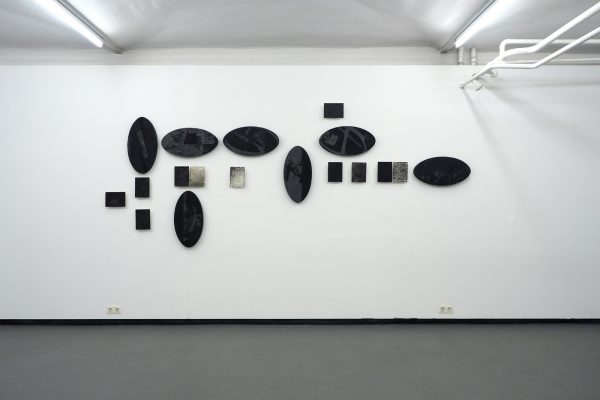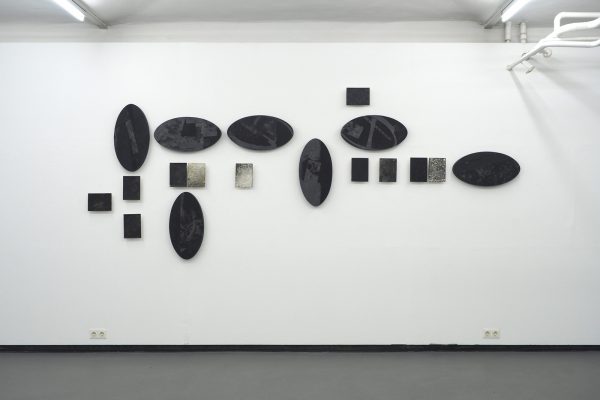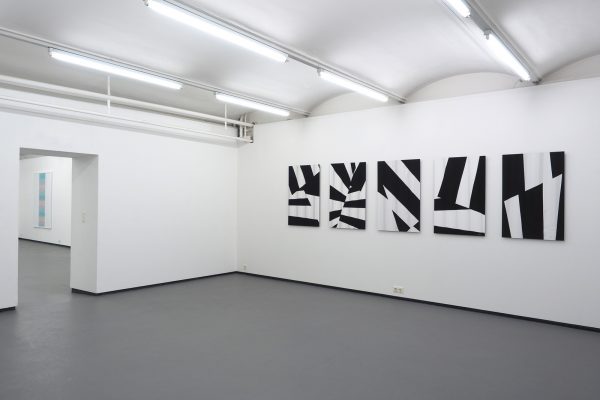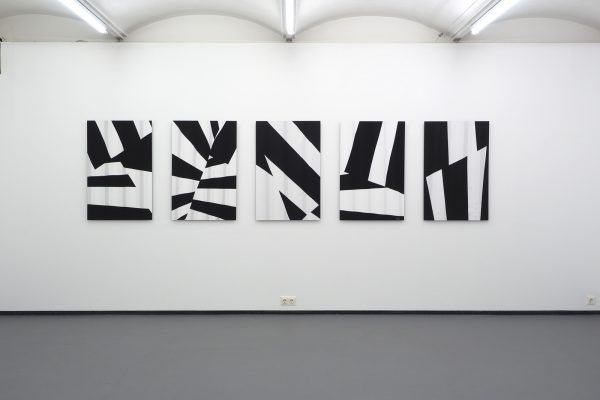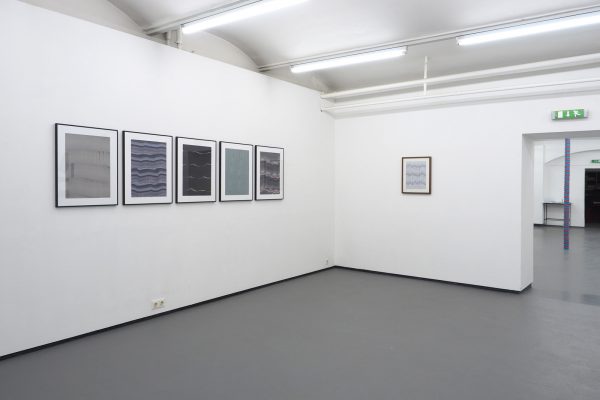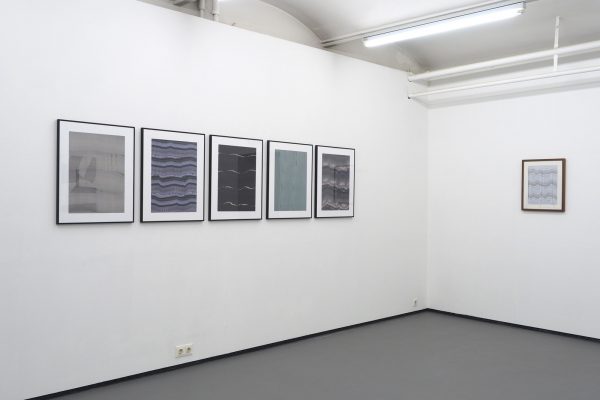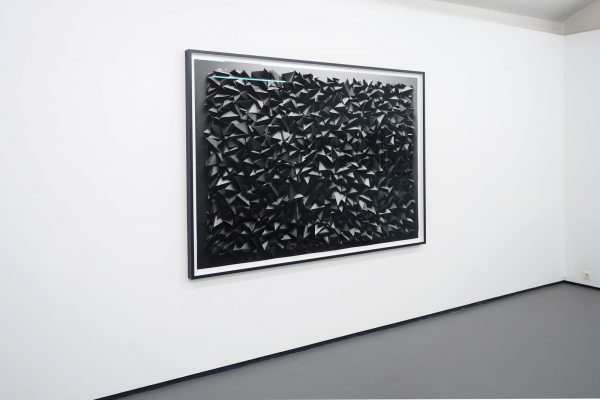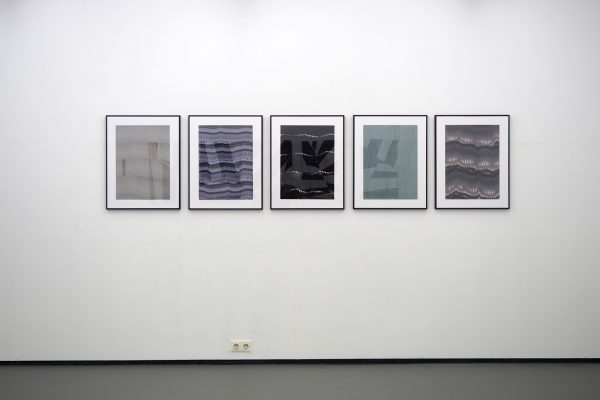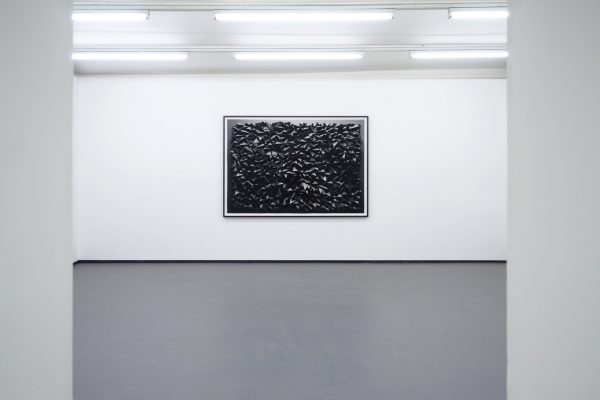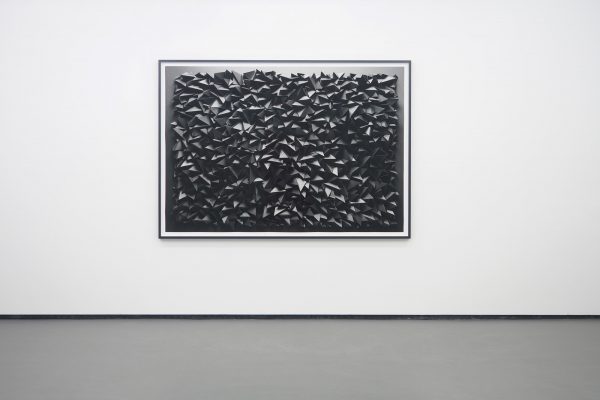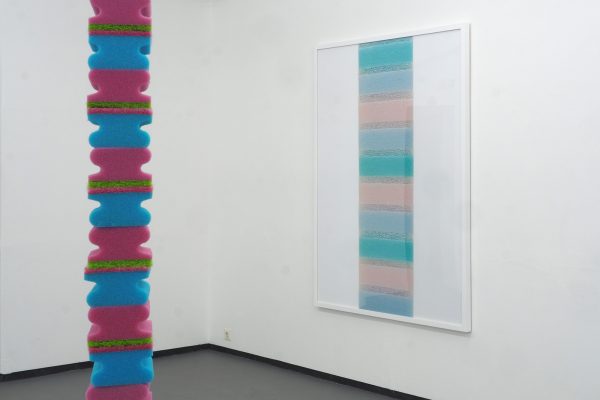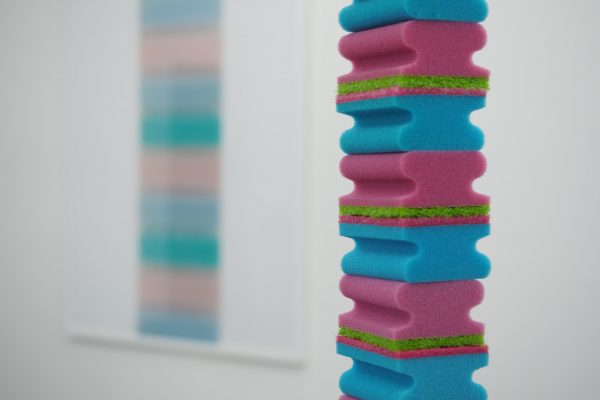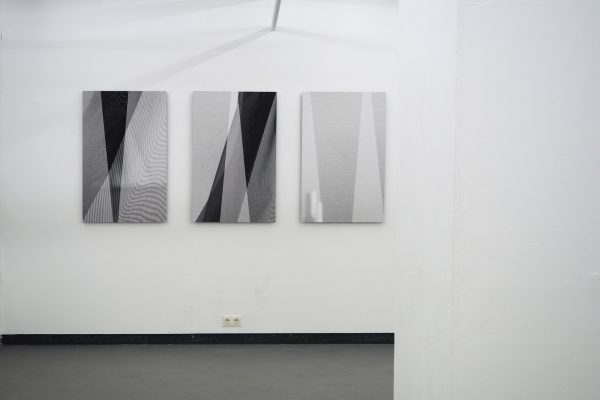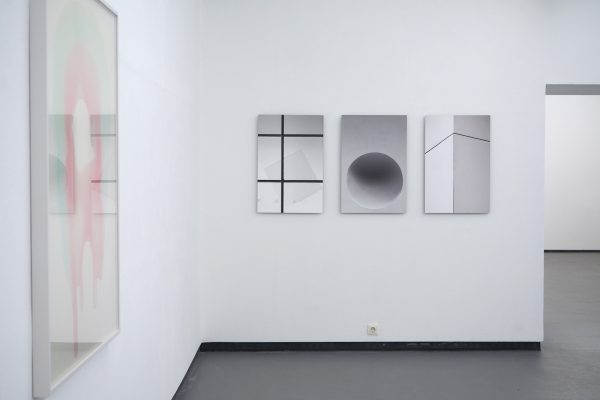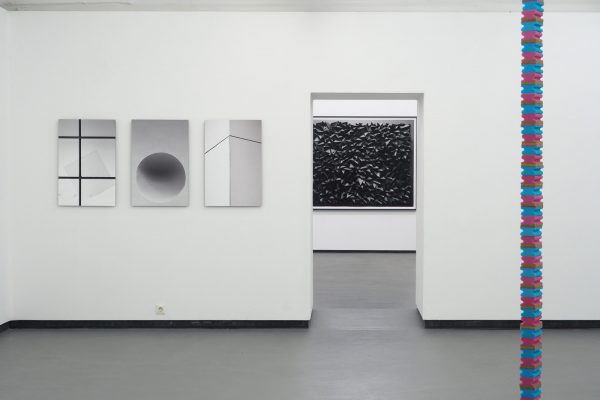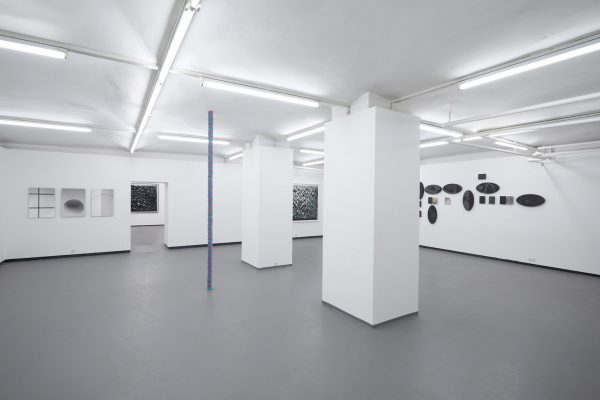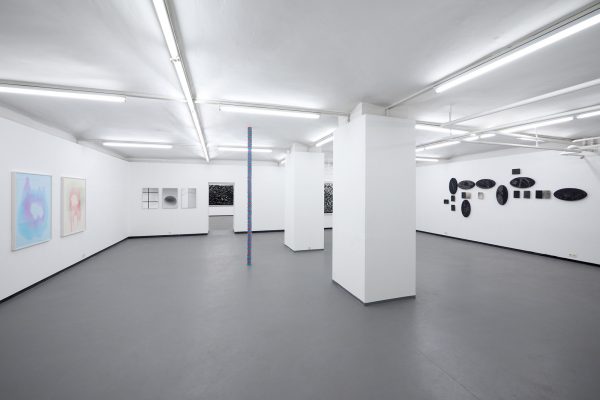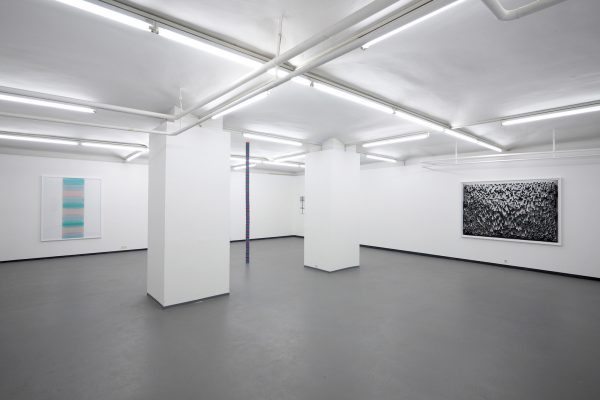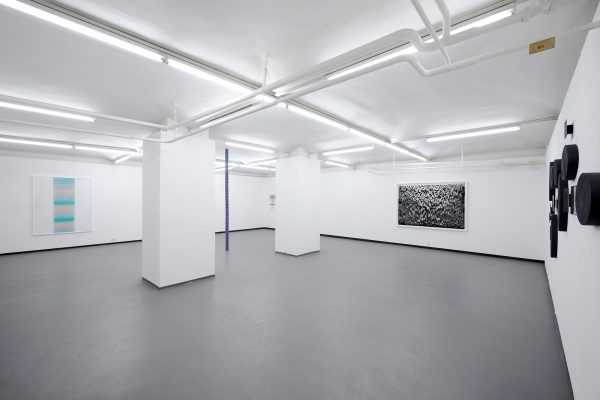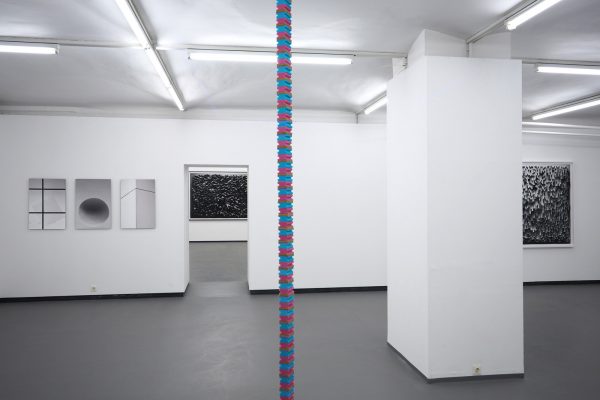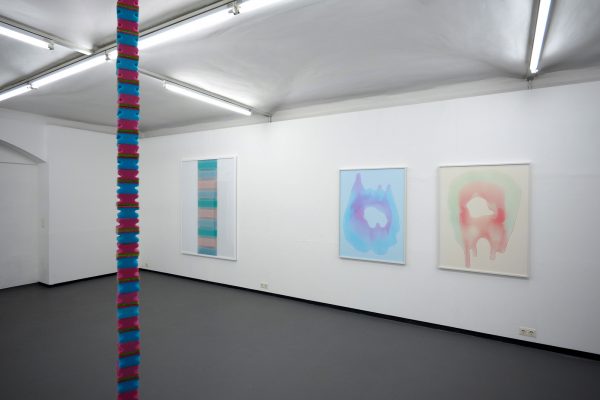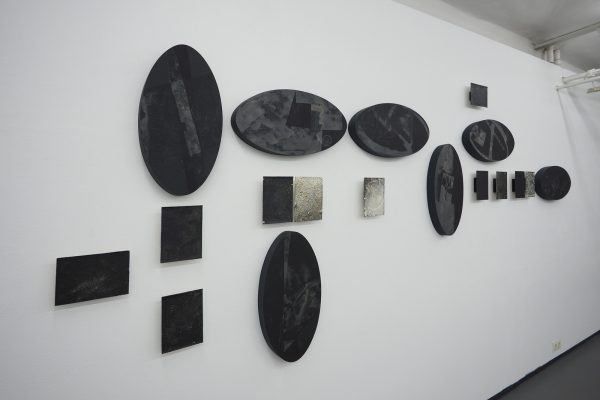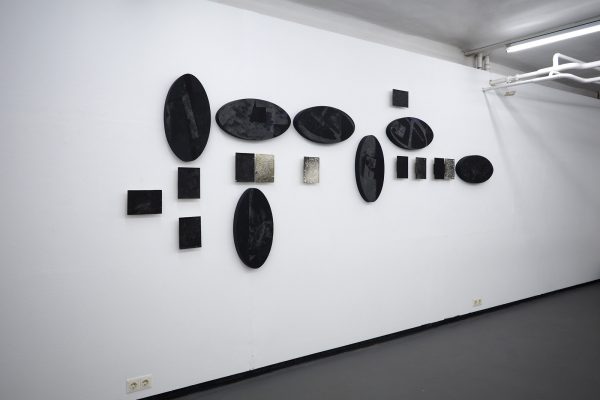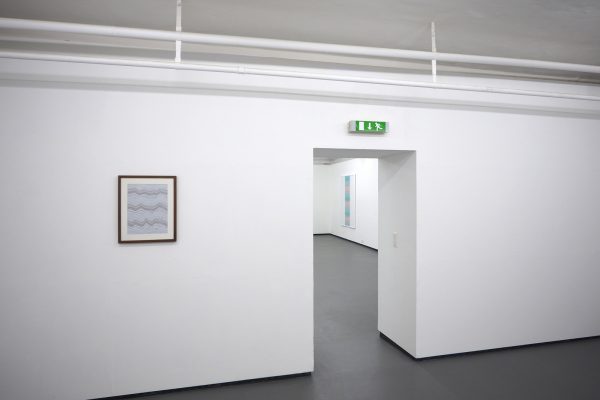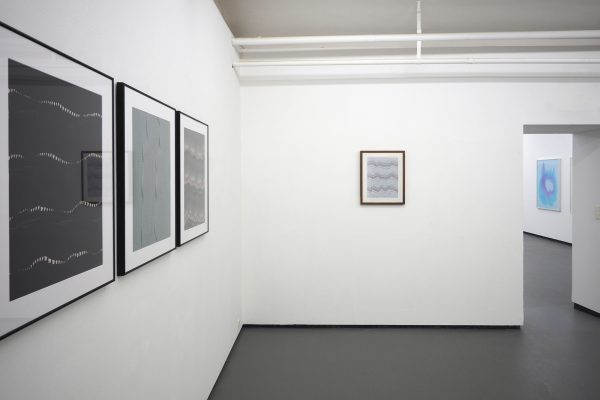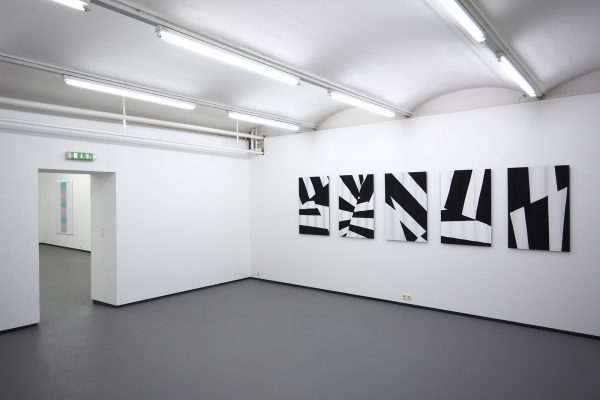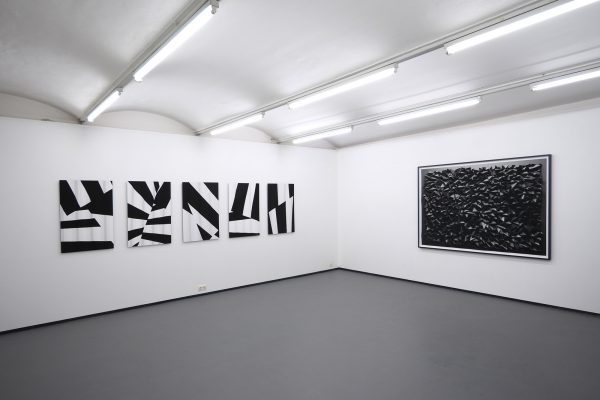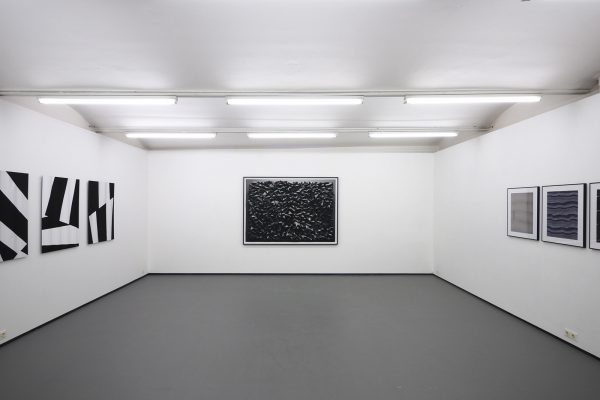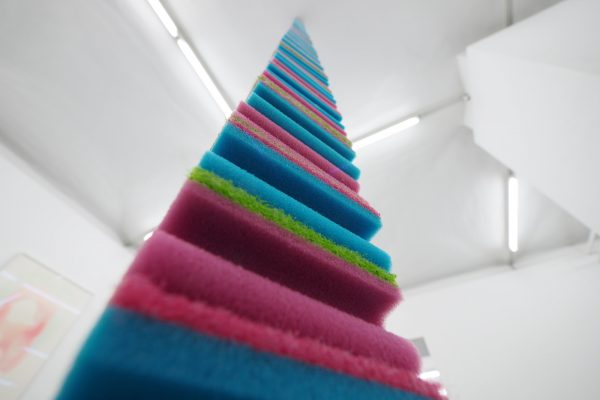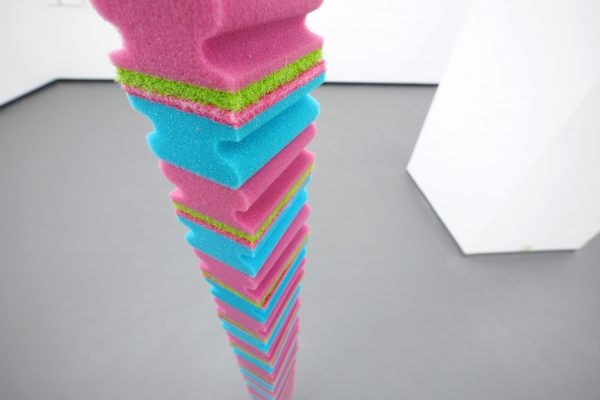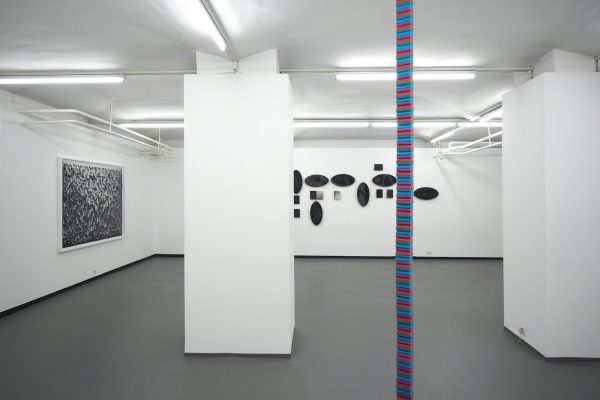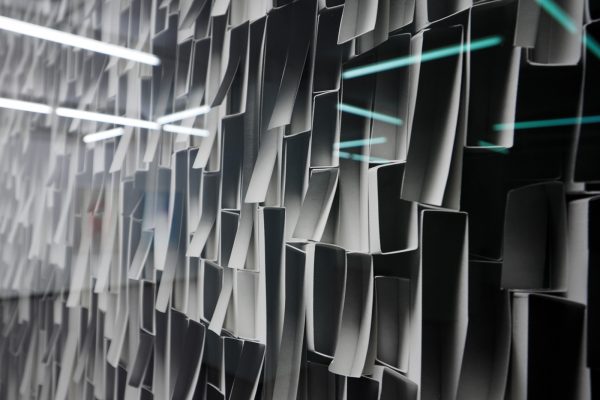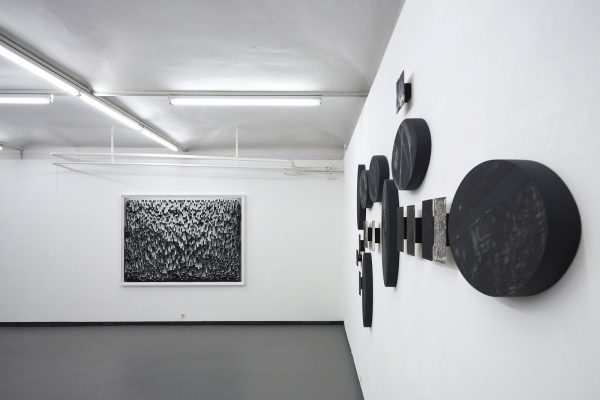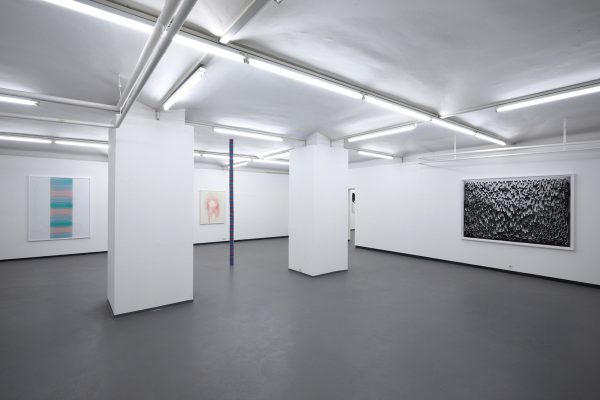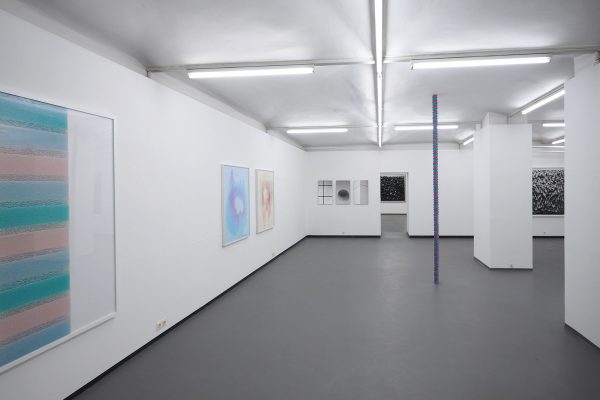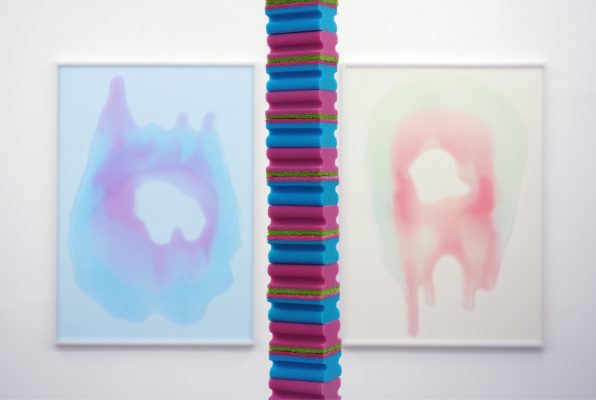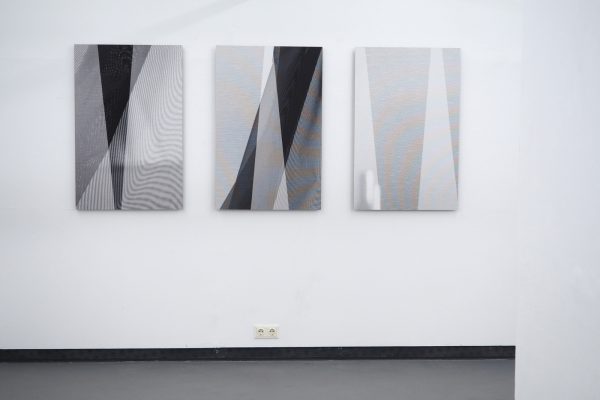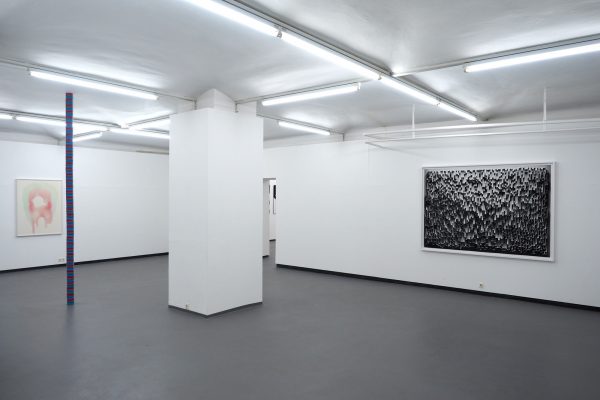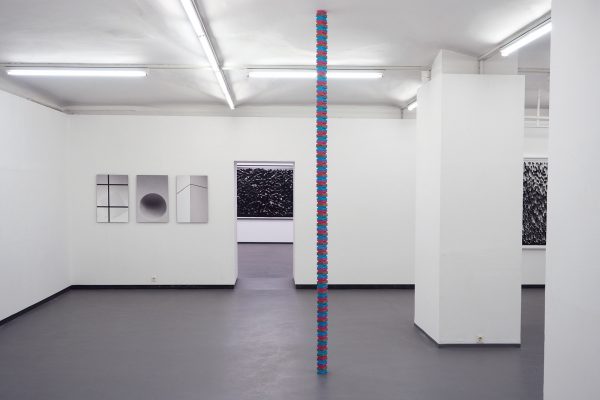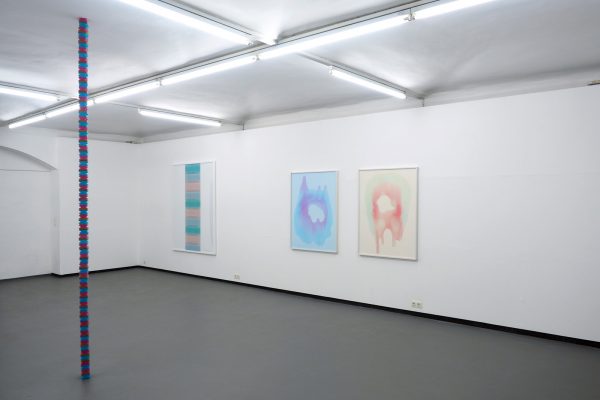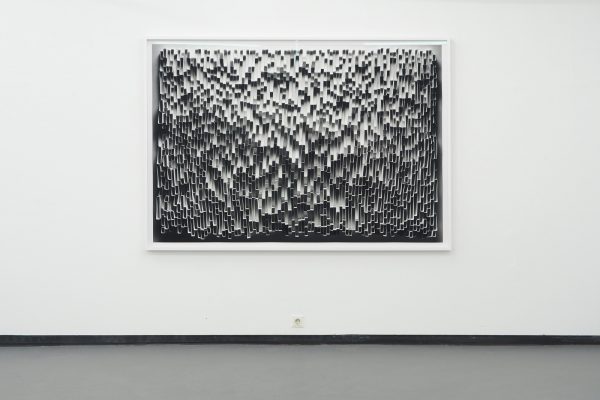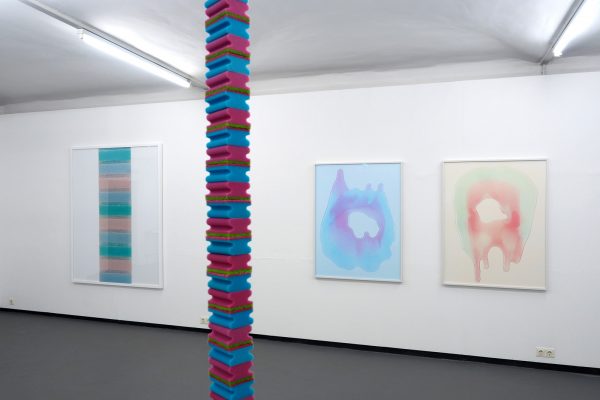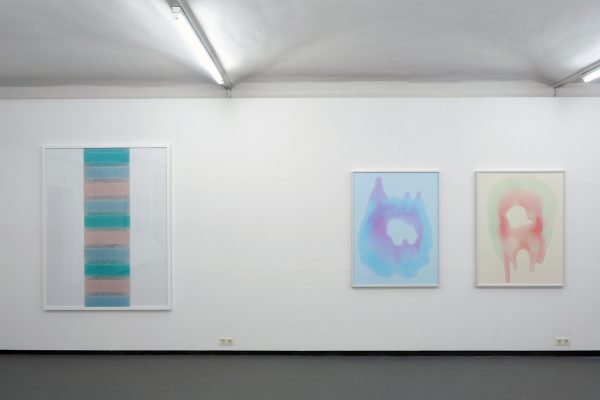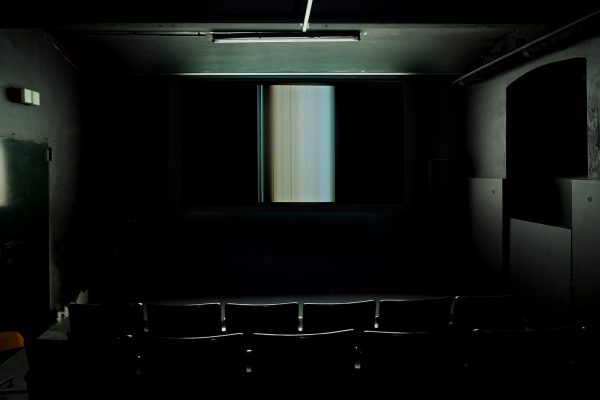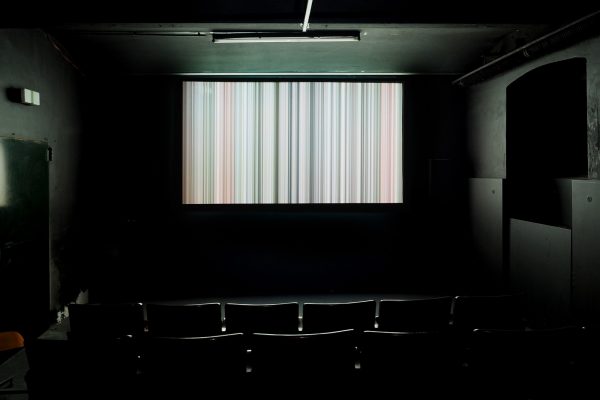Opening: Monday, 12 June at 7 p.m.
Introduction: Petra Noll-Hammerstiel
sponsored by: BKA Kunst; MA7-Kultur; Cyberlab
The exhibiting artists are showing photo and film works in which they use set pieces of reality – including nature, everyday life, architecture, science and the human body (or pictures of them) – to achieve new pictorial results or realities by radically and rigorously abstracting and disassociating them. These then have the power of evoking unconscious feelings and associations in the viewer. During the abstraction process the artists engage with picture production, methods of (re)presentation and transformation processes, thus aesthetic translations of structure, form and colour. The concern here is, furthermore, with the fundamentals of seeing and perception and thus with material, light, space and time as well as extending the limits of representationalism. A number of the artists make close connections to other pictorial mediums, moving into three dimensions either spatially or by making use of abstract sounds and thus successfully charging the pictures with emotion.
Magda Csutak is involved in exploring the area between mathematics and art and is presenting a wall installation, 7:11 – Eine andere Art von Lichtbild [Another Kind of Photograph], that consists of seven ellipses and eleven rectangles made of wafer-thin porcelain shapes. Practically, the work can be understood as an equation written in binary. The two elements of the system, the ellipses and the rectangles, were made sensitive to light with a silver emulsion over their silicon base. Disembodied, quantified material, the photon, the minute light phenomenon is pivotal to Csutak’s pictorial language. In the picture construction of 7:11 the similarities of thought between art and mathematics is emphasised; the mathematics that examines self-created abstract structures for their inherent characteristics and patterns. It is a language that seeks entities and not a rhetorical and narrative one. Csutak strives to show material – in its decelerated, sublimated form – as an actor. They require a great deal of attention before they cease to be perceived as the most important component of our electronic nano-world.
Christiane Feser is showing photo objects from the series Partitionen [Partitions], aesthetic compositions consisting of different mostly geometric forms made of paper that are serially arranged, usually abstract and often repeated which the artist has manually bent, folded and glued. In general, her works are based on a process of transformation which employs a number of work procedures: the sculptural works serve as a starting point and are photographed. Thereafter the photographs are physically manipulated to become objects once more. So the end point is always a unique product that oscillates between the two dimensions of a photograph and the spatial qualities of an art object. Feser constructs a new reality that is also determined by a calculated use of light and the resulting shadows – a disconcerting game of perception between illusion and reality, surface and depth, abstraction and representationalism.
Karø Goldt is presenting five short experimental ‘photofilms’ that are based on digitally manipulated photographs. Animation turns these into abstract colour compositions of great intensity and sensuality and given added density with accompanying music or sounds. Representational photographs are always the starting point of the transformational process – as in the last of a series of plant films, roi d’olivier (2013), in which photos of olives and olive wood are deconstructed into their electronic colour components and reduced to a vertical, painterly striped composition that changes in colour. In her most recent film, the shortest day (2017), she changed her procedure and here goes through the process of abstraction – representationalism – abstraction. Branches with snow slowly develop out of the striped picture with changing colours only to segue again into unfocussed/abstraction accompanied by music that emphasises the emotional states of ephemerality and melancholy but also agitation. Towards the end of the film the artist’s face appears briefly.
Simon Perathoner’s concerns lie between art and science (technology); he is dealing with the relationship of humans to machines as well as with issues of representation in relation to photography. His series, Fragmented Images, consists of individual photographs on card – a recurring consequence of the same, de-contextualised but new image. The method is a reference to a piece of technical equipment which does not work properly. Here, the humanisation of the machine because of its functional failure is turned around: the artist depicts himself as a dysfunctional machine and simulates it in order to understand the mechanism which, although it has been created by humans is not always intelligible. This reversal is an attempt to demonstrate an encounter of human and machine in order to appropriate the characteristics of the machine and, as a human being, to reinterpret, re-read and depict them in the form of an image.
In her photos Anikó Robitz reproduces architectonic details that have been reduced to clear geometric forms and is presenting here various works or series which bear the titles of cities. Robitz searches for various structures in cities and in contemporary architecture which either remain clearly visible in her photos or disappear entirely. She is just as interested in spatial entanglements as with the proportions of the selected details and the wholes from which the details have been taken. Here, she is also examining the relationship of things to each another which can also cause the perception of space to appear in another light. These accentuated details are sometimes the walls of high-rise buildings which, compared to the actual dimensions are, in fact, small. At other times they are enlargements of fragments which are only a few centimetres in size in reality. The photos are composed in the camera and are not changed in post-production.
In her photographic and sculptural works Julia Rohn is concerned with industrially produced everyday products and their depiction in the media so that they dictate our perception, behaviour and emotions. By creating degrees of abstraction of these concrete products Rohn places them in new contexts. In the exhibition she will be presenting photographs (Waterfall and Cherry Kiss) of respectively two liquid soaps poured onto picture supports, where they intermingle and remind of tachisme works. She considers this process of spontaneous creation as analogous to impulsive consumer behaviour and market strategies which work on an unconscious level. In addition, she will be presenting photographs and objects made of washing-up sponges (Long Life). Liberated from their original functionality they become abstract works which allude to Pop Art, generate a discussion about colour, form, structure and materials and can be read as an ironic statement about our consumer culture.
Petra Noll-Hammerstiel
